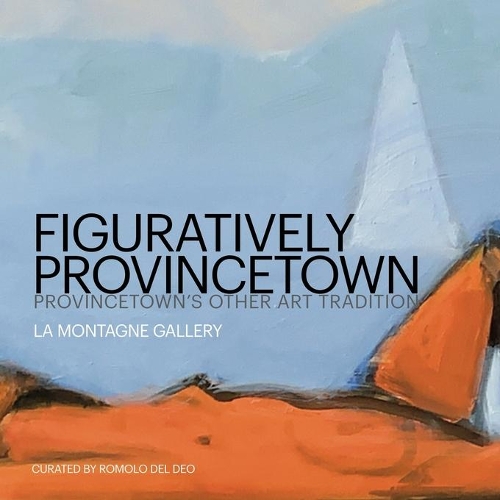
Figuratively Provincetown
Series:
Figuratively Provincetown - The Other Provincetown Tradition. Presenting works by 20 living artists, spanning over 70 years experience, of figurative art in Provincetown. Provincetown's legacy as America's oldest art colony reaches back to the end of the 19th Century, when a number of pioneering artists and intellectuals were drawn to the town for its unique light, scenery, colorful local populati
NaN
VOLUME
English
Paperback

Figuratively Provincetown - The Other Provincetown Tradition. Presenting works by 20 living artists, spanning over 70 years experience, of figurative art in Provincetown. Provincetown's legacy as America's oldest art colony reaches back to the end of the 19th Century, when a number of pioneering artists and intellectuals were drawn to the town for its unique light, scenery, colorful local population of seamen and trades as well as a culture of respective tolerance, born from a tradition as an "open" seaport. Provincetown is still a seminal destination for artists, with over 1000 artists currently affiliated with the seaside village. The tradition of Provincetown being open and culturally permissive has persisted, sustaining an environment that is conducive to creativity. The history of Provincetown art is usually divided, into two well understood historical groups, the "Plein-Air" painters of the light and nature who defined the first wave at the turn of the 20th century, and the Abstract painters who dominated American art in the second half 20th century. However, this exhibit is about neither of those groups. Rather we are presenting artists who define their work through the use of the figure. Always present but never seen as a movement, they have none-the-less contributed to much to Provincetown's art. Diverse in origin and method, all the works share a common etherial and dreamy mien, like soft and often misty Ptown air. Though atmosphere is not on the menu, it is the ambiance that surrounds the figure here. They are in turns enshrouded, metaphysical, metaphorical and apparitional. A place defines a vision. Perception shapes reality, the ambiguities in form reflect the ambiguities of identity. How the artists see the figure here is intrinsically a matter of place, living in Provincetown is to be part of something a bit unworldly, hard to grasp, and it places us who live and work here within a vanishing perspective and at times, a dream. Figuratively Provincetown is an invitation to be a while with the protagonists in that dream. -Romolo Del Deo
Price Comparison [India]
In This Series
Bestseller Manga
Trending NEWS




















